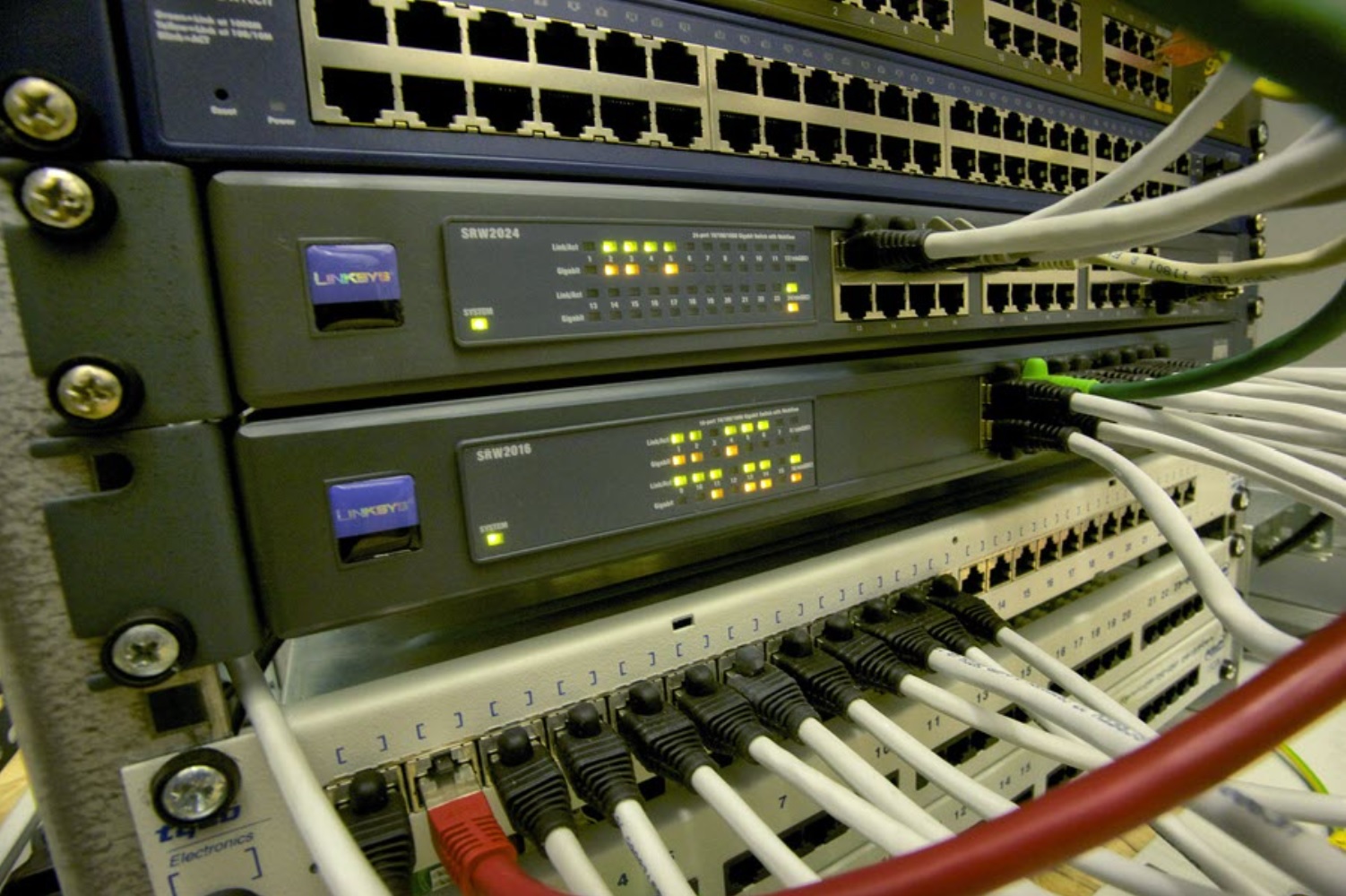
Besides faster data transfer, reliability and data security are other significant reasons why you should use an Ethernet cable. When compared to WiFi connectivity, Ethernet gives you enhanced security as data is transferred through cables.
Why should you use Ethernet over WiFi? What benefits do Ethernet cables bring along? The article explains the reasons and benefits of using the wired internet. Let’s first understand what Ethernet cables are.
What is Ethernet?
An Ethernet is a traditional technology that connects multiple devices to the internet in WAN (Wide Area Network) or LAN (Local Area Network). It allows devices to communicate with each other via an internet protocol. Ethernet is a reliable way to link devices together.
They let devices recognize data meant exclusively for them and allow the devices to send data securely. Most businesses still use Ethernet as sending data along cables is faster, more reliable, and more secure than sending data over radio signals.
Sharing data over cables prevents users from facing error messages that keep them from working productively. With Ethernet, you don’t have to deal with error messages such as WiFi not working or Bluetooth not available Mac displays on screen frequently.
How Ethernet Works?
Ether works by breaking down large chunks of information into smaller data packets called frames. These frames hold standard information about the source and destination address which helps them travel through the network.
These cables were built around the principle of carrier-sense multiple access with collision detection (CSMA/CD). Before sending over frames, the protocol ensures that the line is not in use. After ensuring the level of traffic on the line, it gives green signals to the frame.
Today’s Ethernets are advanced and operated with full-duplex; the data transmission and receiving channels are completely separate. This prevents collision while routing frames toward the destination.
Ethernet doesn’t offer error correction in the event of a collision, so the communication relies upon protocols to ensure proper transmission. The technology still serves as the base for most digital communications as it has the tendency to integrate easily with high-end protocols.
How to Select the Right Ethernet?
Ethernet cables come in different categories, and it’s important to select the right type based on your work and data transfer needs. All these categories give you different bandwidth and data rates. Let’s now learn about the different categories of Ethernet cables.
- Cat 8: Up to 2 GHz bandwidth – 25 to 40 Gbps
- Cat 7a: Up to 1 GHz – 40 Gbps
- Cat 7: Up to 600 MHz – 10 Gbps
- Cat 6a: Up to 550 GHz – 10 Gbps
- Cat 6: Up to 550 GHz – 1 Gbps
- Cat 5e: Up to 350 MHz – 1 Gbps
- Cat 5: Up to 350 MHz – 100 Mbps
At a basic level, these cables are twisted pairs of wires protected with plastic coating. Some cables are Unshielded Twisted Pairs (UTP), while others are Foiled Twisted Pairs (FTP) or Shielded Twisted Pairs (STP).
They have robust protection against electromagnetic interference. However, the shielding also makes the cable thicker and relatively less flexible. If you plug and unplug the cables often, there’s a risk of damage, and that’s the only thing that comes as a con.
Pros of Using Ethernet for Internet Access
Ethernet brings along an array of benefits that compel users to use them for browsing the web or sharing data.
- Lower set-up cost
- Robust resistance to noise
- Better compatibility
- Excellent data transfer quality
- Relatively faster speed
- Increased reliability and security of data
- Better resistance to environmental interference
Other than that, the availability of Ethernet cables in different colors makes them attractive and turns out to be the unique selling point for them.
While Ethernet gives you faster access to the internet at a lower cost, it restricts mobility which can be a major downside.
Moreover, they are meant for short-distance network needs, so you may not find it appropriate if you need to access data over multiple digital devices in a spacious house.
Major Differences Between Ethernet and WiFi
Most users might be wondering how Ethernet is different from WiFi as they both serve the same purpose – access the internet.
While Ethernet allows connecting to the internet via a cable, WiFi establishes the wireless connection. The former gives you limited flexibility to move around, while the latter allows you to access the internet while moving freely within proximity.
WiFi may not be as fast as Ethernet, but it’s a more convenient way to connect to the internet. The latency rate is lower when you are connected to the network via a cable, while the rate increases with the WiFi.
Moreover, WiFi connections are prone to signal interference which makes them sluggish at times. Plus, you need to have a proper data encryption protocol in place to ensure your data and device safety when accessing the internet.




